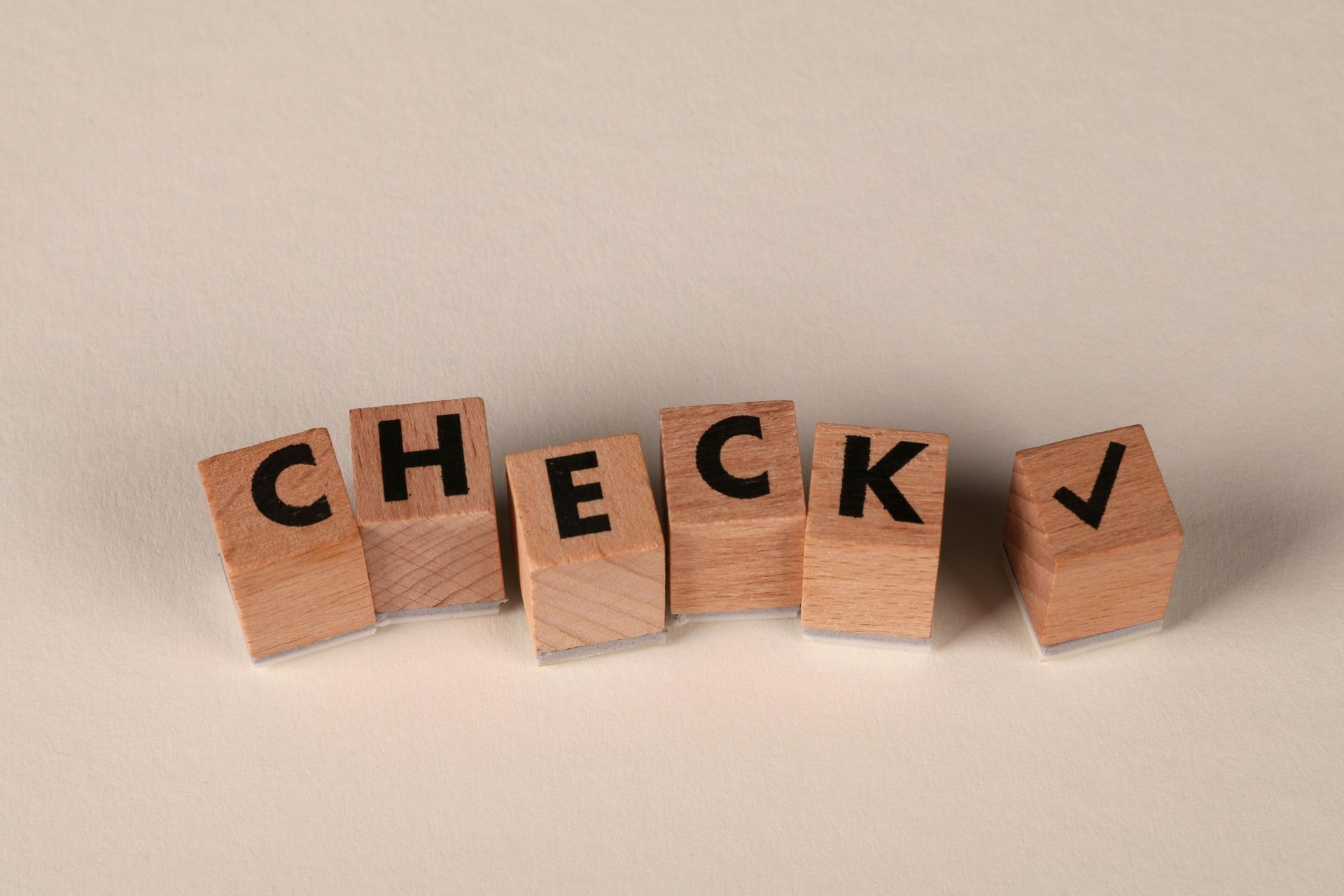How to Prepare and File a Patent Application

Filing a patent first starts with preparing a patent application and determining the type of patent being filed. Generally, there are three types of patents that that can be applied for with the United States Patent & Trademark Office (USPTO): (i) utility patents, (ii) design patents and (iii) plant patents.
Types of U.S. Patents
- Utility Patents protect any new and useful process, machine, manufacture, or composition of matter, or any new and useful improvement thereof. Utility patents protect the functional aspects of your invention, including business method patents;
- Design Patents protect any visual ornamental characteristics embodied in, or applied to, an article of manufacture. Design patents protect the ornamental, non-functional aspects of your invention; and
- Plant Patents protect any new variety of plant, other than a tuber propagated plant or a plant found in an uncultivated state.
Preparing A Patent Application
Filing A Patent Application
Patent Application Prosecution
Patent Application Allowance
Patent Publication
Patent Application Maintenance
- 4+ years: $1,600 for large entity, $800 for small entity, $400 for micro;
- 8+ years: $3,600 for large entity, $1,800 for small entity, $900 micro; and
- 2+ years: $7,400 for large entity, $3,700 for small entity, $1850 for micro.
Dallas Patent Attorney


Have an idea for a blog? Click and request a blog and we will let you know when we post it!











